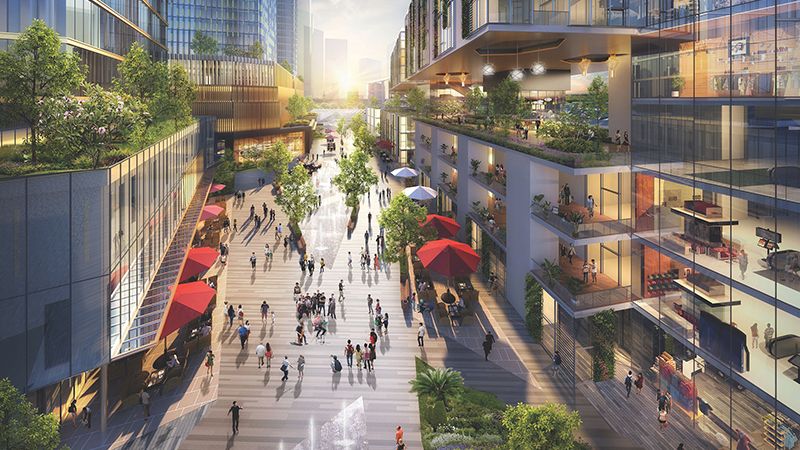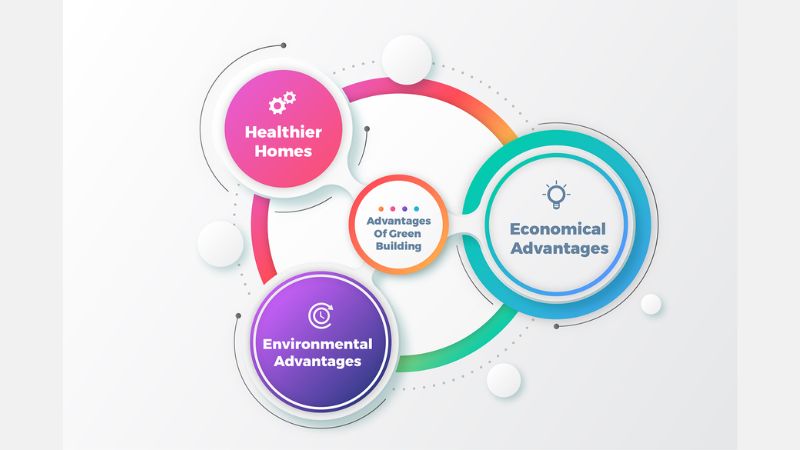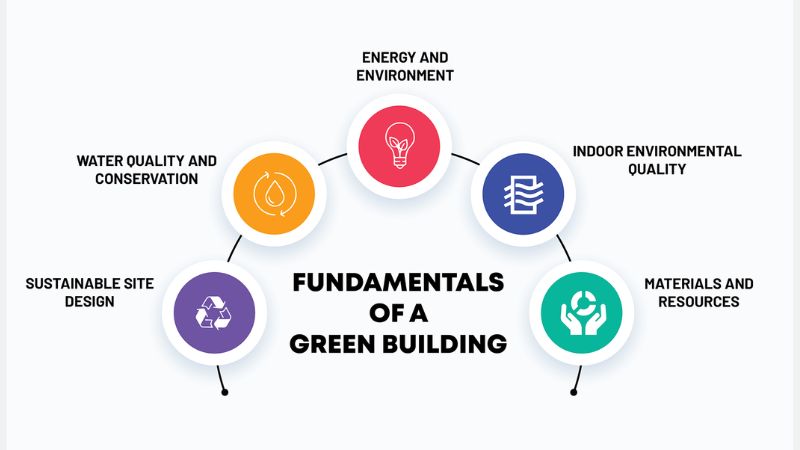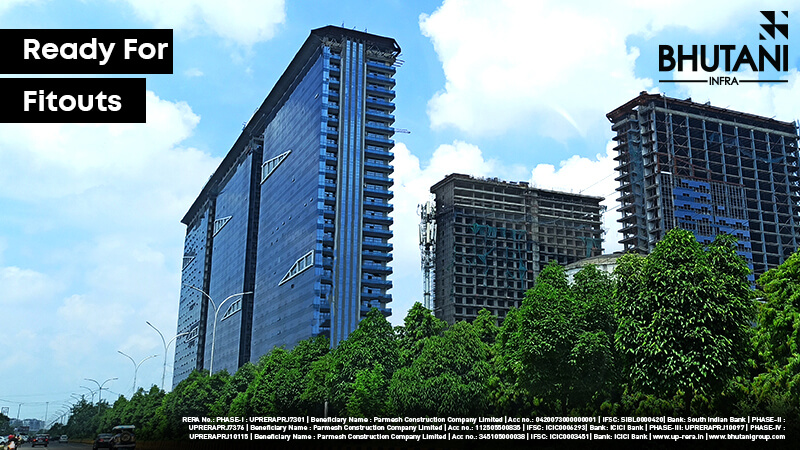

Green Building Concept in India - Definition, Advantages & Fundamentals - Bhutani Group
Global warming, air, water, and sound pollution are just some of the visible impacts on real estate developers. Perhaps one positive that came out of the pandemic was that the carbon footprint on the globe was reduced considerably, which brings the Green Building concept to India.
But as countries and economies gradually return to their pre-COVID operational efficiency, governments at all levels must maintain the climate momentum with long-term strategies.
India is placed 3rd, after China and Canada, in Leadership in Energy & Environmental Design (LEED) by the US Green Building Council.
Yet, just 5% of the country’s buildings are green, earmarking a sizeable opportunity for green buildings.
What Is A Green Building Concept?
A green building is an environmentally sustainable structure, which makes efficient use of land, materials, energy, and water while costing less in terms of maintenance charges.
A green building enhances energy efficiency, limits water consumption, and makes maximum use of recycled and locally available, recyclable, and non-toxic materials. It also generates as little waste as possible during the construction process.
A green building involves methods, resources, and skills with the sole aim of reducing the negative impact on the environment.
Advantages of Green Building Concept
There are three advantages that go into making a building green. Let’s see what these are:
-- Healthier Buildings: By using toxin-free building materials, lowering indoor pollution, and having better ventilation and natural light.

-- Economical Advantages: It uses locally available materials, and uses renewable sources of power like solar, hydro, and wind.
-- Environmental Advantages: Like improved air and water quality, and reduced carbon emissions.
The advantages of green architecture are countless. According to TERI estimates, if all buildings in Indian urban areas are made to adopt green building concepts, India can save more than 8,400 megawatts of power, which is enough to light 550,000 homes a year!
Fundamentals of A Green Building Concept
There are five essentials that go into making a building green. Let’s see what these are and how they are implementable:
-- Sustainable Site Design: Preserve key environmental elements to create a minimum urban spread and minimize needless destruction of urban land.
-- Water Quality And Conservation: Preserve the natural water cycle of the area. Develop and implement water harvesting to minimize dependence on local supply.

-- Energy and Environment: Maximize the use of renewable energy and other low-impact energy sources. Building performance should exceed the minimum International Energy Code (IEC) compliance level by 30-40%.
-- Indoor Environmental Quality: Utilize the best possible conditions in terms of indoor air quality, ventilation, thermal comfort, access to natural ventilation, and daylighting.
-- Materials and Resources: Maximize the use of recycled materials and resource-efficient composite-type structural systems as well as sustainably managed, biomass materials.
Green Buildings Concepts In India
The market for green buildings in India is just scratching the surface. However, the major concern is how it impacts commercial projects in Noida. While only 5% of the buildings can be called green, the market in India is expected to double by 2022, which will be valued between USD 35-50 BN.
According to the Indian Green Building Council (IGBC), India has achieved 7.17 billion sq ft of ‘Green Building Footprint’.
According to the Leadership in Energy & Environmental Design (LEED), Maharashtra ranks first in green buildings in India, followed by Karnataka, Haryana, Tamil Nadu, and Uttar Pradesh.
It says that there are almost 6,000 green projects and over 5.77 lakh acres of large development projects in the country, helping to achieve 75% of the green building footprint target, two years before the actual target date.









Leave a comment
All fields marked with an asterisk (*) are required